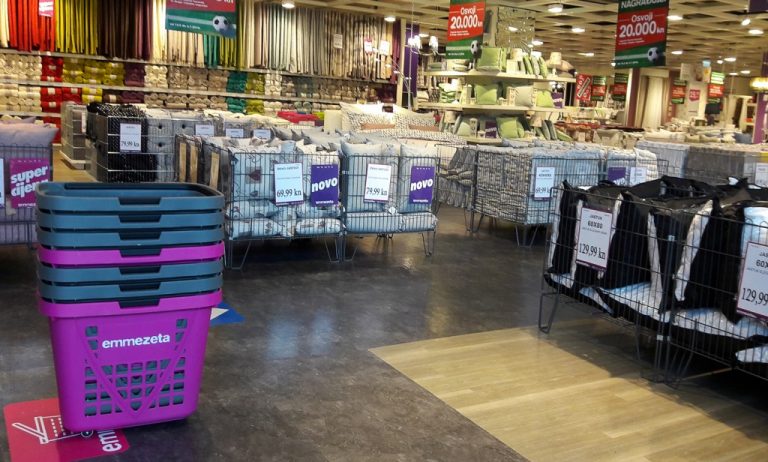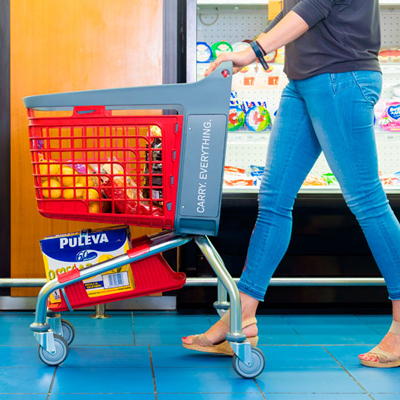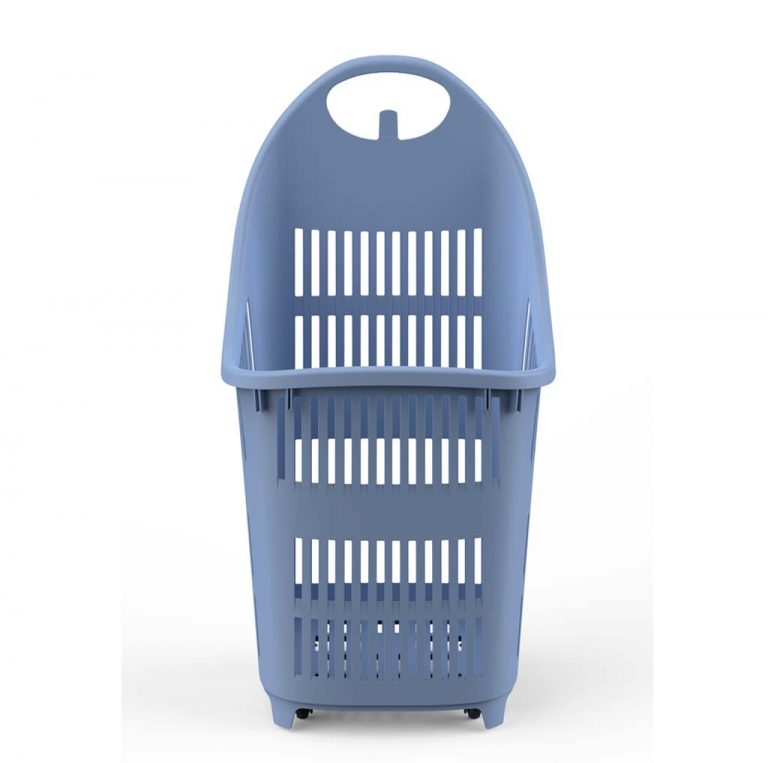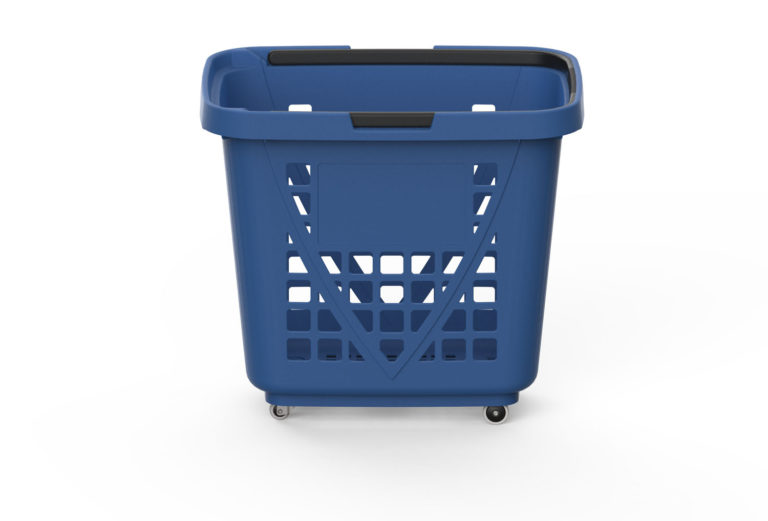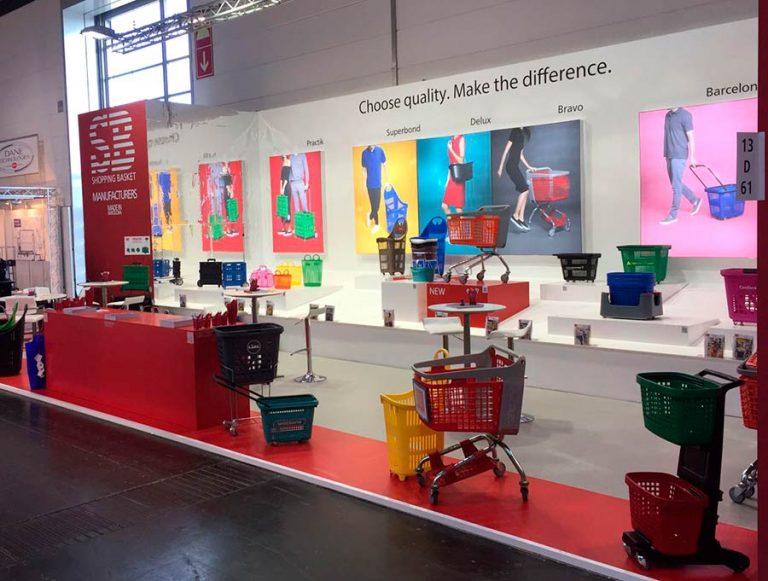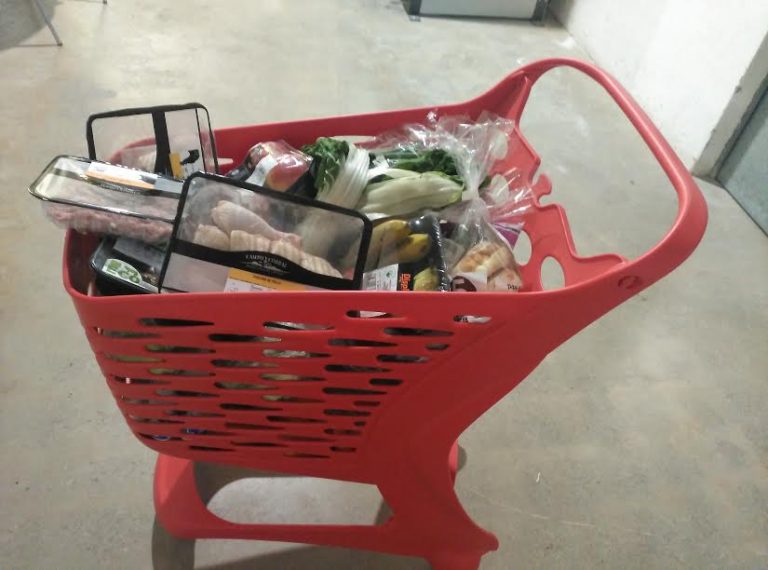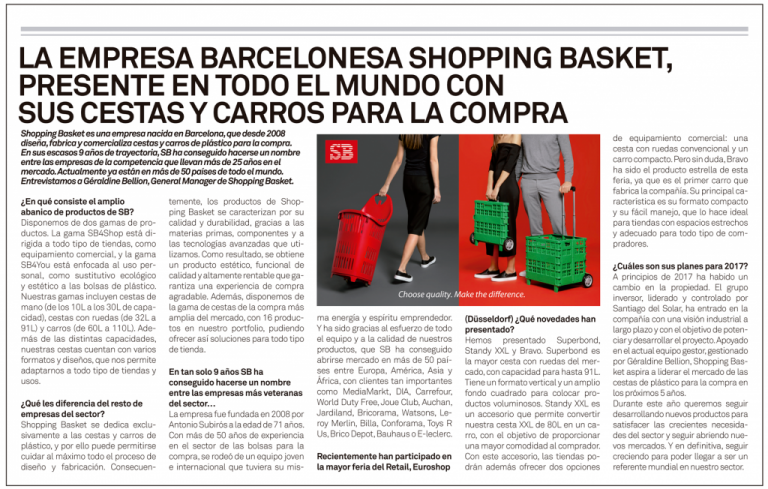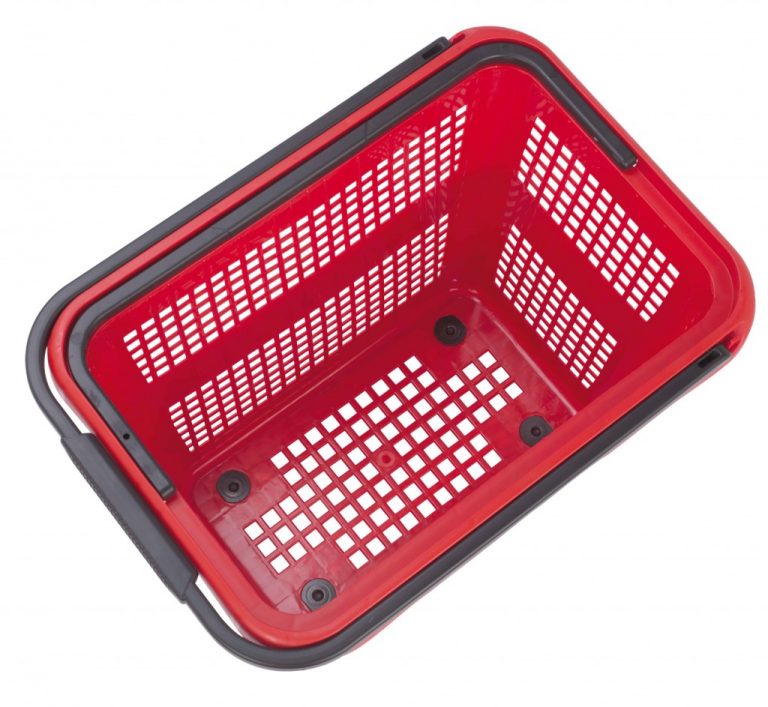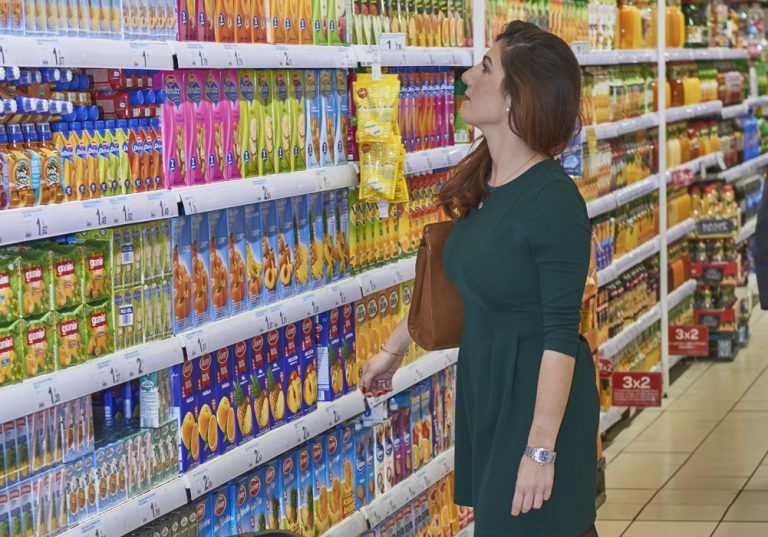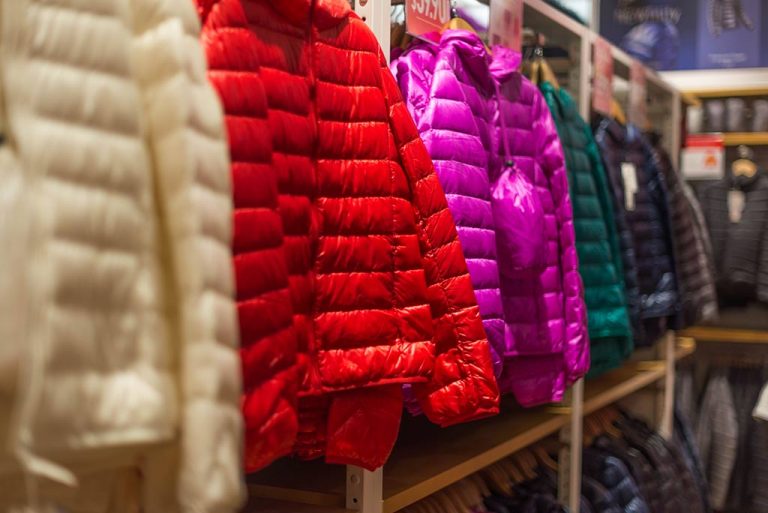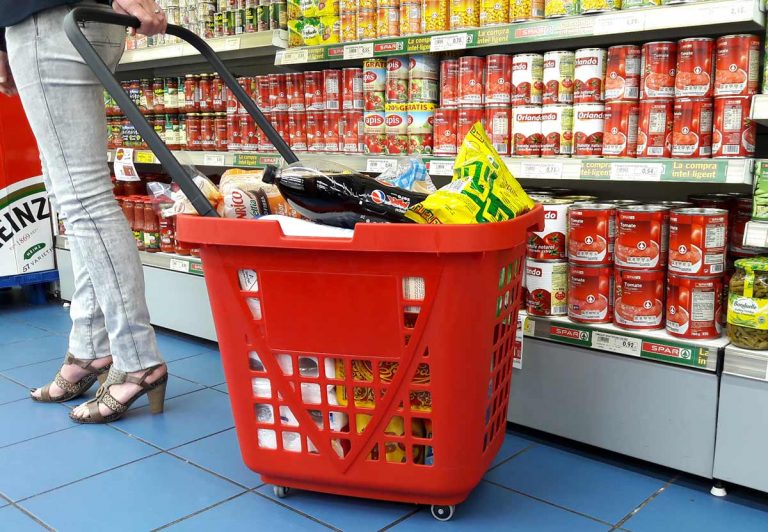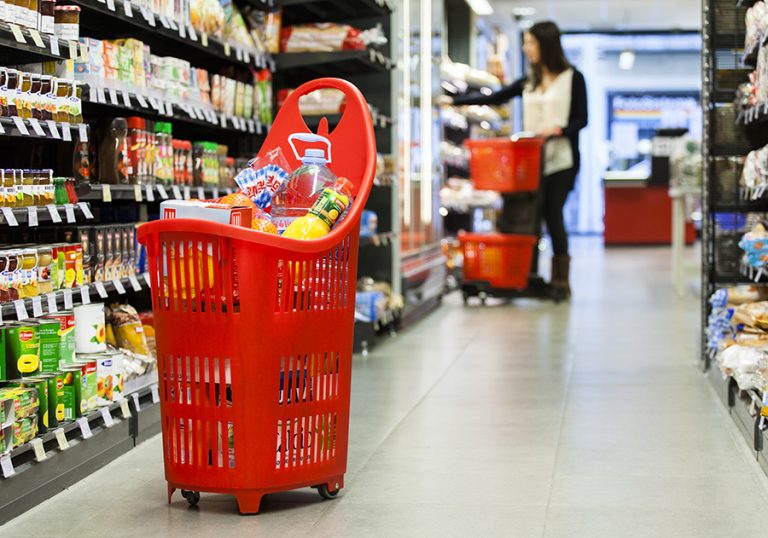1. Consignment sales, another way to sell.
There is nothing easier than the traditional sales process. We need a seller or retailer to buy products from a supplier. Stored afterwards before it goes on sale to calculate their future rate of return. If they opt for a consignment sale, it is not so simple. This kind of contract includes the consignor, i.e., the owner of the goods until they are sold, and a consignee.
A consignment contract must contain certain clauses:
- Terms of payment.
- Delivery charges.
- The duration of the agreement between the parties.
- Insurance including coverage for shoplifting and receipt of damaged goods.
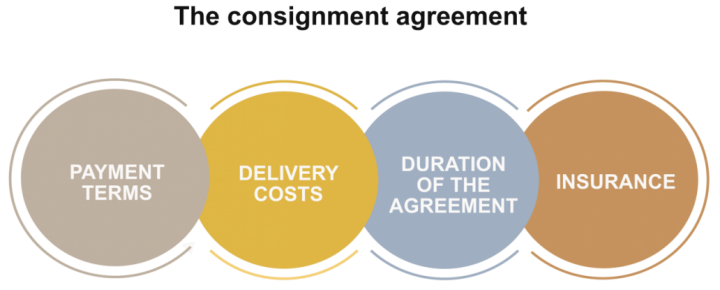
2. What is Consignment Inventory?
Consignment inventory is a business arrangement where the consignor (a vendor or wholesaler) agrees to give their goods to a consignee (usually a retailer) without the consignee paying for the goods upfront – the consignor still owns the goods, and the consignee pays for the goods only when they sell.
For example, a woman’s watch vendor might want to break into a new market, but they are relatively unknown and have had a hard time selling their goods to retailers. If the vendor offers their watches on consignment, the retailer agrees to stock the watches in their store and only pay for the ones they sell. This arrangement can be hugely beneficial for both parties, but it also carries with it some major risks. To get a balanced view of consignment inventory, let us look at some of its pros and cons for both vendors and retailers
3. Understand consignent sales
When the consignor sends goods to the consignee, a journal entry is not needed. However, when the consignee sells the goods received, they pay the consignor a predetermined sale amount. The consignor would then record a debit to cash and a credit to sales. They would also purge the related amount of inventory as a debit to the cost of goods sold and a credit to inventory.
If the consignee is unable to sell all goods, they are able to return the goods to the consignor (before a specified date). Therefore, the consignor bears the risks and rewards of ownership, while the consignee is not required to pay for the goods until they are sold.
4. The advantages and disadvantages
Advantages and disadvantages for sellers
Pros
- New market: Consignment sales allow sellers to enter new markets at minimal cost to retailers.
- Low stock holding costs: Reduction of stock holding costs by giving part to the retailer
- Direct shipment: instead of stock → entrepot → retailer, we do direct stock → retailer
Cons
- Increased cost of unsold stock: £ stock to seller = can have a decrease as stock is held.
- Uncertain cash flow. The seller only paid when the retailer has sold everything.
- Unsold stock = returns to the seller.
Advantages and disadvantages for retailers
Pros
- Reduced cost of ownership: Retailers can draw on consignment stock for use without owning it, reducing their total cost of ownership, and holding costs.
- Minimal risk: No need to pay for inventory upfront, no need to pay for inventory in advance → capital invested in buying and selling products.
- Improved cash flow.
- The retailer does NOT pay to hold the goods and only pays their supplier when they sell the products.
- Customer loyalty increases.
Cons
- Increased risk of stock deterioration+ retailer holds stock for long, + chances = damaged.
- Increased risk of stock count errors. Consignment stock should be “invisible” to most employees. In other words, it should be treated like any other stock.
If it must be managed separately from other types of inventories and the retailer does not use an inventory management system designed for consignment inventory, costly inventory errors, such as double counting and shipping delays, are likely to occur.
DISCOVER THE PERFECT BASKET FOR THE CONSIGNMENT SYSTEM: REBASKET
5. Mutual benefit How?
Maintain a mutually beneficial relationship IF develop honest partnerships to work together to improve their processes and strengthen their supply chain management. Sellers should help retailers as much as possible, and retailers should strive to sell their consignment stock as efficiently as possible
Create a mutually beneficial contract :
- Responsibilities and expectations of each party.
- The length of time the retailer will hold the stock.
- The prices of the goods sold.
- Who is responsible in case of damage to the retailer’s property, etc. + detailed and comprehensive contract, + business partnership will be transparent, =>helps to mitigate future disagreements.
- Use of inventory management software designed for consignment stocks.
- Inventory management systems do not work with consignment stocks.
- Excel or paper-based inventory management system => slow and difficult seller/retailer collaboration.
- Most inventory management software only deals with on-site inventory and does not consider consignment agreements.
- And many companies do not work with consignment very often, which confuses the process and discourages companies from trying it.
- An optimal solution to these problems would be to invest in inventory management software designed to manage consignment stocks.
- Ideally, the software should track the inventory sent to the consignee.
- Track inventory that needs to be replenished at the consignee’s site.
- Track inventory that needs to be ordered to replenish the consignor’s inventory.
- And make consignment stock management as simple as possible.
6. The Challenges of Selling on Consignment
– Challenges selling items or products on consignment. These include:
- The maker or owner of the items receives less revenue than they might expect from direct retail sales to consumers due to the percentage split.
- While the consignor retains ownership of their goods, they also retain the risk and can suffer losses from damage to the merchandise or theft at the sales outlet premises.
- There is no guarantee that the consignment shop will devote much time or effort to promoting the consignor’s items.
- The consignment inventory being held by the consignment shop means there is no guarantee they can take your items for sale.

As we can see, the consignment sale is a method that has traditionally been used in different sectors and that, however, continues to be used over time thanks to all its sales. Do you plan to implement this system in your stores? We can help you get the maximum benefit. Contact us.

 Sign up for our newsletter and be the first to receive our articles!
Sign up for our newsletter and be the first to receive our articles!
